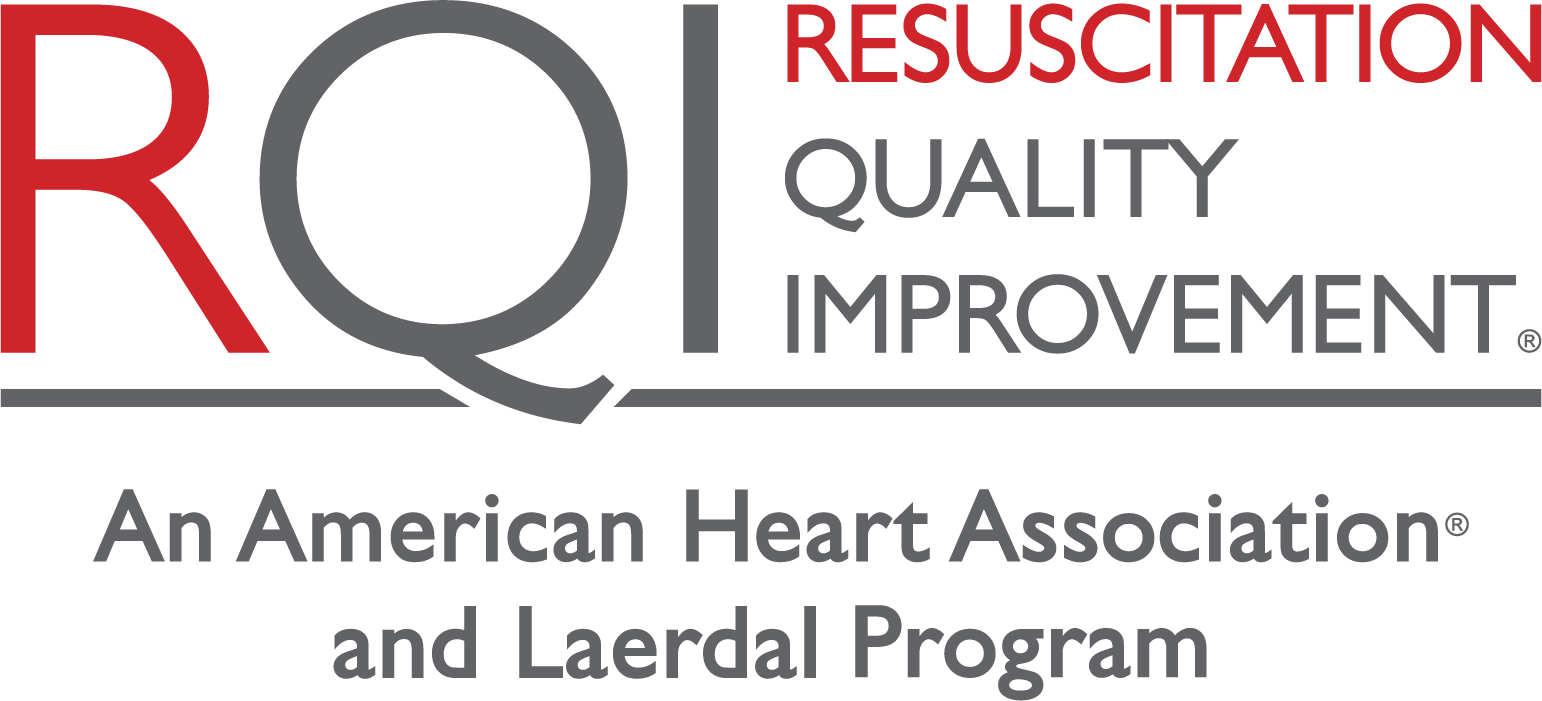Anderson, T.M et al. Circulation. 2021
Importance of Conclusion
Each year in the United States, approximately 292,000 adult patients suffer an in-hospital cardiac arrest (IHCA) with significant variation in their survival rate. This study identifies four themes related to training and education among top-performing hospitals excelling in IHCA survival; engagement, clear communication, consistency, and responsive leadership. Developing tools to expand these areas for hospitals may improve IHCA outcomes.
Key Points
- Engagement: top-performing hospitals use engagement through multiple domains:
- Marketing new initiatives and incorporating slogans to highlight relevant information
- Use of visual abstracts and posters for concise messages in readily accessible locations
- Recognition of the importance of clinical duties and implementing mock codes within a reasonable time-frame (i.e. 20 minutes or less)
- Prioritization of hands-on learning across disciplines and relevant curriculum with real-world and plausible simulations
- Better engagement with mock codes highlights larger system flaws, resulting in proactive policy and structural changes to improve patient safety
- Consistency: top-performing hospitals use consistency as a cornerstone to employee development:
- Treating mock code training as a core job responsibility vs a supplemental task
- Maintaining consistency in code sessions with routine practice (i.e. quarterly or even 2 x month)
- Investing in facilitator training to create a uniformed experience in learning so that mock codes are consistent
- Clear Communication: top-performing hospitals demonstrate clear communication in multiple ways:
- Thoroughly communicating to employees the value and importance of education and training to improve IHCA outcomes
- Debriefing in interdisciplinary settings (i.e. nurses and physicians) with the goal of debriefing immediately after a mock code
- Implementation of code committee reviews or via admins to review and disseminate code data
- Re-education and emphasis on continued iterative improvement with clear messaging of how performance can be improved
- Responsive Leadership: top-performing hospitals distinguish themselves with supportive leadership:
- Personal interaction and visibility by supervisors to build trust with nurses, physicians and floor staff
- Leadership directly addressing resistance to participating in mock codes by providing perspective on the shared value of continued education and training
- Continuous review and adjustment to curriculum, being adaptive to the needs of learners (i.e. being able to identify specific areas of improvement and sustainable solutions)
- Leadership fostering multidisciplinary collaboration and emphasizing the value of an integrated approach to training
